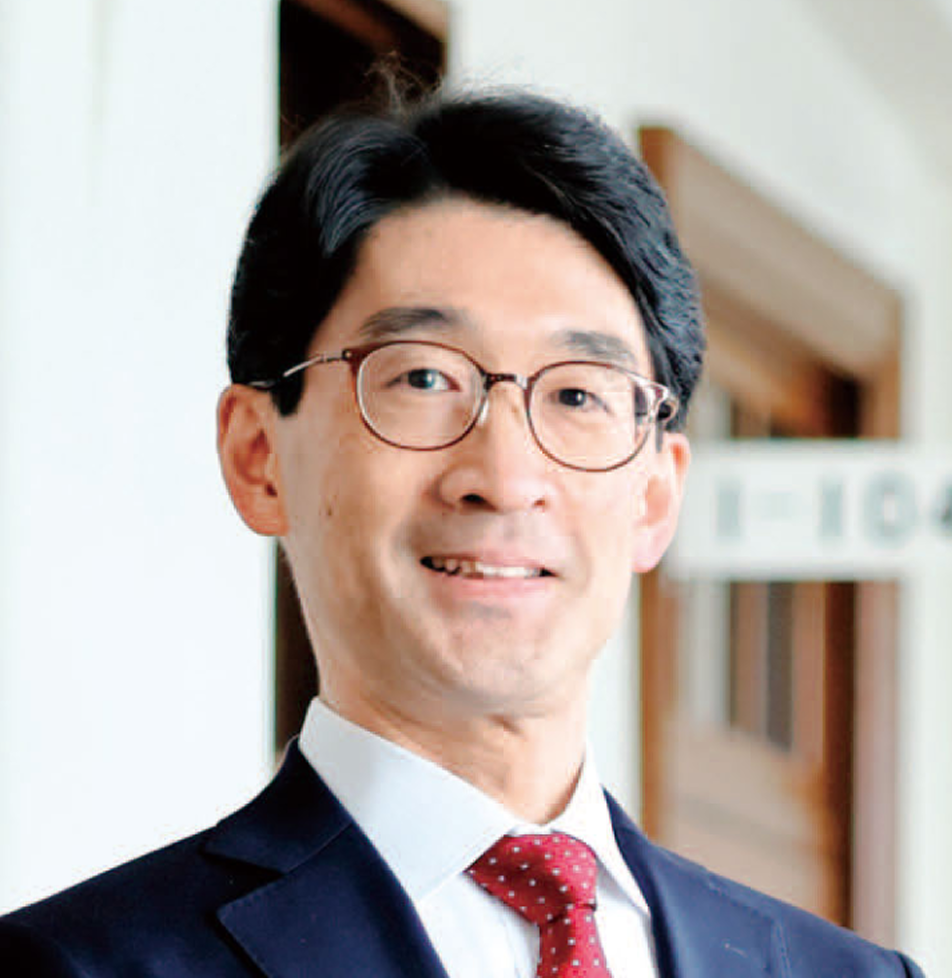
There is a demand for science and engineering personnel with advanced expertise
and flexibility to apply knowledge in all areas of society. In response to this social
demand, the science and engineering departments of many universities now offer
diverse and attractive learning opportunities. I appreciate your picking up this
Guide to Sophia University Faculty of Science and Technology from among the
many guides to other universities’ science and engineering departments.
To realize the founding goal of “nurturing individuals with a broad perspective as
a university,” Sophia University established the Faculty of Science and Technology
in 1962, about 50 years after its founding. Since then, the university has built
a research institute, expanded its facilities, and established and reorganized
the graduate school, leading to the present three-department system that was
established in 2008 and remains in place to this day. Underpinned by these
changes that had ensued over more than half a century, the Faculty of Science and
Technology of Sophia University has continued to provide education with the
“acquisition of knowledge and wisdom that combine science and engineering
and transcend the boundaries of humanities and science, i.e., interdisciplinary
knowledge” and the “enhancement of English education and cultivation of
international perspectives” as the main pillars.
The emergence of generative AI has the potential to bring about fundamental
changes in not only our attitudes toward work but also the way society itself is
conceptualized. In addition, advanced information technologies such as deep
learning have made available services that none of us have ever imagined in
our everyday lives, and their further development will nurture the buds of new
technologies in information and related fields in a continuous cycle. Individuals
who are capable of flexibly responding to such rapid changes and developments
in science and technology are no other than those who possess a high level
of expertise and are well-versed in multidisciplinary and interdisciplinary
fields spanning science and engineering. Moreover, to solve problems that
are inextricably linked to scientific and technological development in today’
s increasingly complex society, we need talented people who have a keen awareness
of issues and judgment across the disciplines of humanities and science. The
acquisition of “interdisciplinary knowledge” based on this integration of science
and engineering and the fusion of humanities and science is the core of academic
experiences at the Faculty of Science and Technology of Sophia University.
In terms of English education, we have introduced a systematic English learning
program that specializes in science and technology from the freshman year and
offers short-term overseas English training twice a year. In addition, with the
establishment of the Green Science Program and the Green Engineering Program
(2012), followed by the founding of the Green Science and Engineering Division
(2013) in the graduate school, we, as an organization, have made significant progress
in globalization. In those programs and division, classes are taught in English to
students who come from various countries and regions around the world. As such,
Sophia University Faculty of Science and Technology provides a multicultural
environment to all students who are living in Japan, enabling them to improve their
ability to think logically in English and make presentations in English. Furthermore,
we value interactions among students centered on the university’s philosophy
“For Others, With Others,” which will lead to the development of the foundation
necessary for active participation in the global society.
At a time when global issues such as environmental destruction and the fight
against unknown infectious diseases constantly arise, all of us must aim to serve
humanity and contribute to the development of the world as members of society.
Following the founding motto “Sophia—Bringing the World Together,” Sophia
University Faculty of Science and Technology is committed to developing
individuals who can share their wisdom for the common good. We hope that
each of you will develop the ability to find your path to realize your dreams, even
at a time when the future seems uncertain. We, the faculty members of Sophia
University Faculty of Science and Technology, will provide a place for you to learn
these skills. We look forward to meeting you soon.










 Materials and Life Science
Materials and Life Science
 Engineering and Applied Sciences
Engineering and Applied Sciences
 Information and Communication Sciences
Information and Communication Sciences
